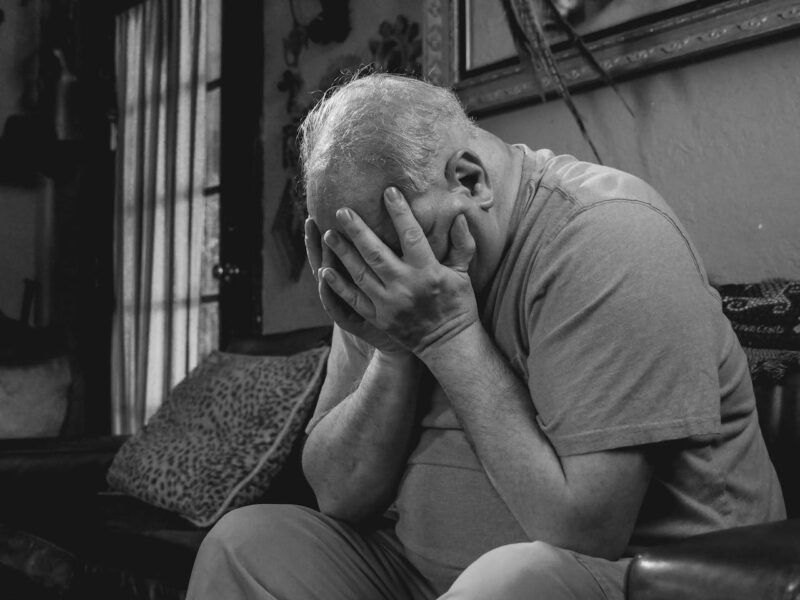
Seasonal Affective Disorder (SAD), commonly referred to as “winter depression,” affects people of all ages. However, it is particularly prevalent among the elderly population. As the winter months set in, many seniors experience a decline in their overall well-being, often linked to the changing seasons. In this article, we will explore the causes of Seasonal Affective Disorder in the elderly and shed light on the factors contributing to this phenomenon.
Biological Factors
Several biological factors contribute to the onset of Seasonal Affective Disorder in the elderly:
- Circadian Rhythm Disruption: The reduced exposure to daylight during the winter months can disrupt the body’s internal clock, or circadian rhythm. This disruption affects various physiological processes, including sleep patterns, hormone production, and mood regulation. Elderly individuals may be more susceptible to these changes due to an age-related decline in circadian rhythm regulation.
- Serotonin Imbalance: Serotonin is a neurotransmitter that plays a crucial role in regulating mood. Reduced exposure to sunlight during darker seasons can lead to a decrease in serotonin production, resulting in symptoms of depression and lethargy in the elderly.
Environmental Factors
Environmental factors also play a significant role in the development of Seasonal Affective Disorder in the elderly:
- Reduced Sunlight Exposure: Elderly individuals may spend less time outdoors, especially during colder months, leading to reduced exposure to natural sunlight. Additionally, factors such as mobility issues or living in long-term care facilities with limited access to natural light can further exacerbate sunlight deficiencies.
- Social Isolation and Loneliness: Loneliness and social isolation can be particularly prevalent among the elderly, especially during the winter months. These factors can amplify the symptoms of Seasonal Affective Disorder, leading to a decline in overall mental well-being.
Pre-existing Conditions
The elderly population often experiences a higher prevalence of pre-existing conditions, which can interact with Seasonal Affective Disorder:
- Depression and Anxiety: Seniors who already have a history of depression or anxiety may be more susceptible to developing Seasonal Affective Disorder. The changing seasons can further intensify their symptoms, making it crucial to address both conditions simultaneously.
- Chronic Health Issues: Chronic conditions such as diabetes, heart disease, or respiratory illnesses can worsen during colder weather. These physical health challenges may also contribute to the development or exacerbation of Seasonal Affective Disorder symptoms in the elderly.
Conclusion
Seasonal Affective Disorder in the elderly results from a combination of biological, environmental, and pre-existing condition factors. Understanding the causes behind this disorder allows us to develop targeted strategies for prevention and treatment. Supporting seniors during the winter months by promoting sunlight exposure, encouraging community engagement, and providing appropriate healthcare can significantly alleviate the impact of Seasonal Affective Disorder, improving their overall well-being and quality of life.
Remember, if Seasonal Affective Disorder or any mental health concerns are affecting you or a loved one, it is always advisable to consult with a healthcare professional for appropriate diagnosis and support.



